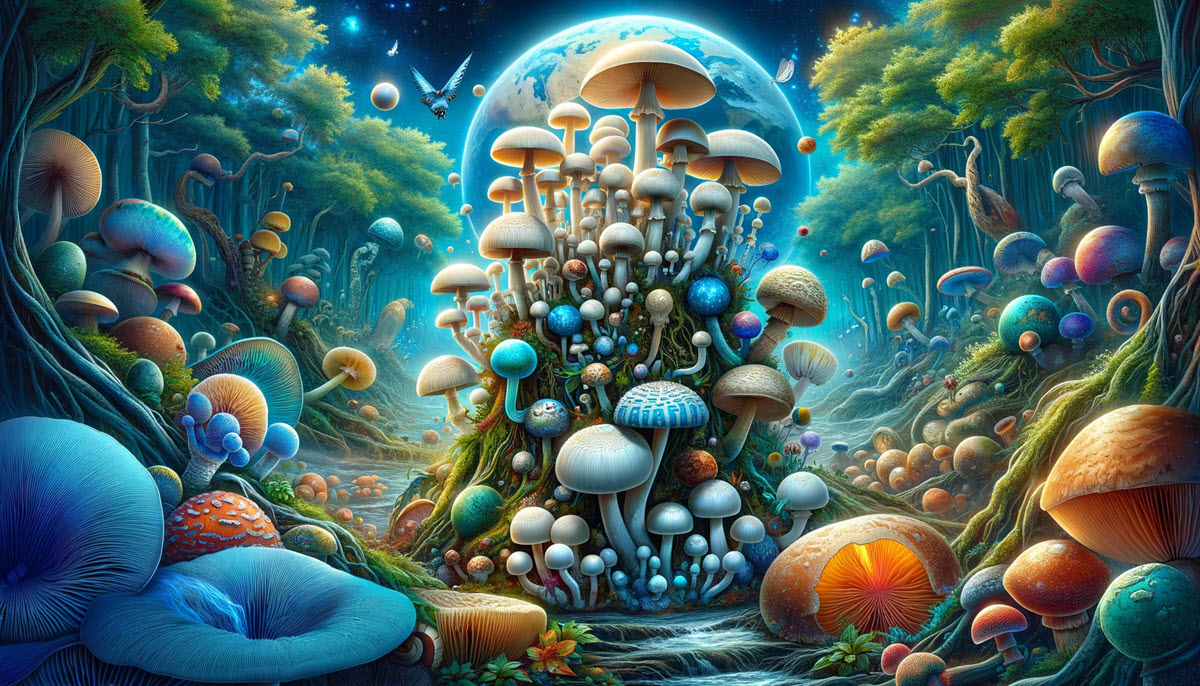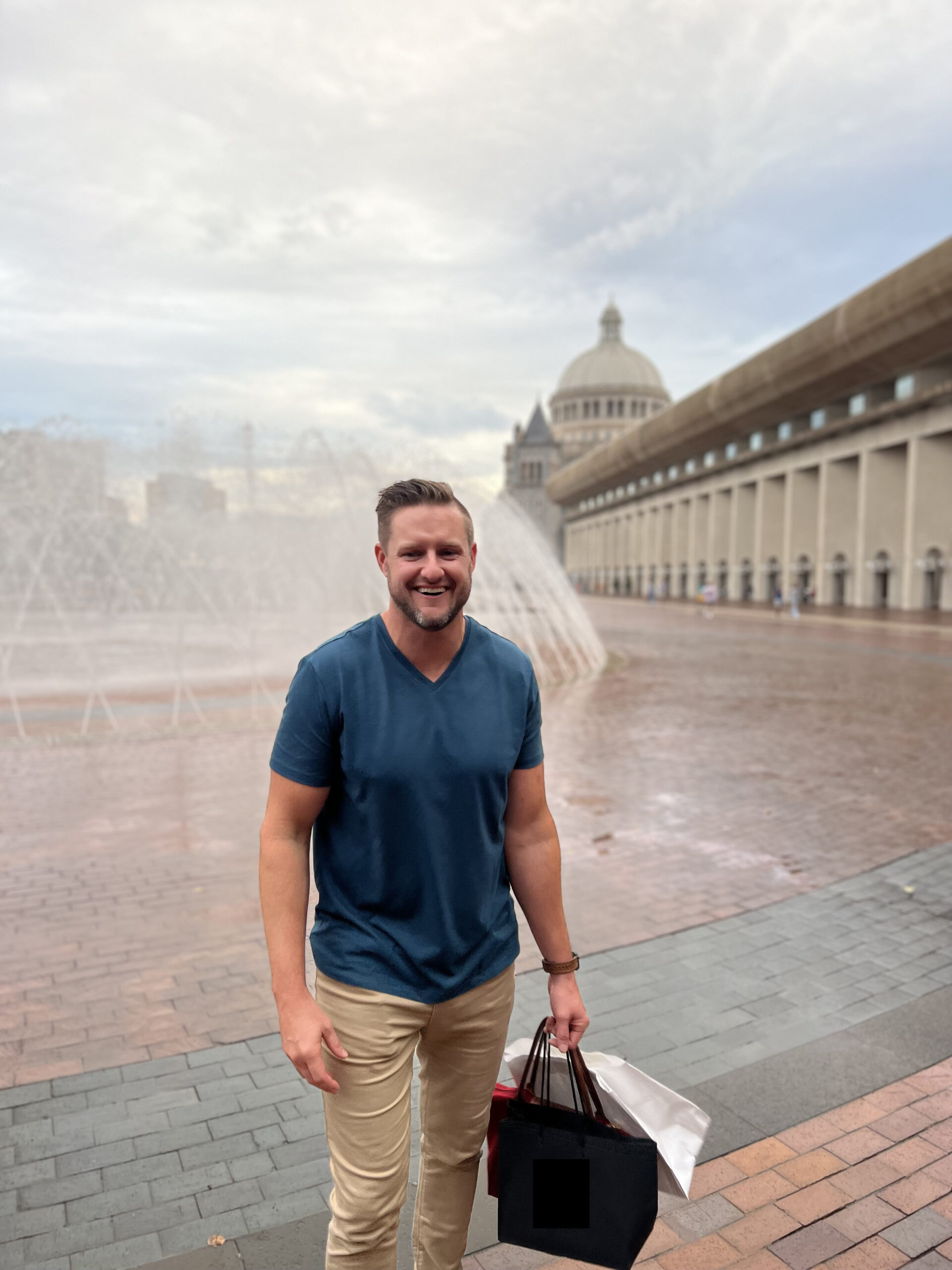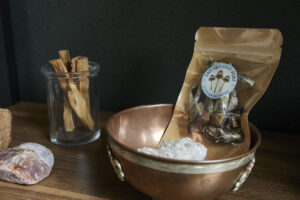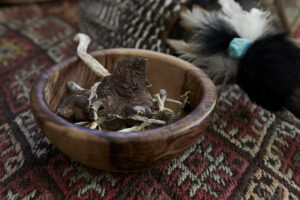- Key Takeaways
- Psilocybin Mushrooms Overview
- Understanding Effects
- Therapeutic Potential
- Safety and Toxicology
- Legal Considerations Worldwide
- Cultivation and Identification
- Personal Experiences
- How to Get Started
- Project Circle Psilocybin Services
- Summary
- Frequently Asked Questions
- What are psilocybin mushrooms?
- How do psilocybin mushrooms affect the brain?
- What is the therapeutic potential of psilocybin?
- Are psilocybin mushrooms safe?
- What are the legal considerations for using psilocybin worldwide?
- Can I cultivate psilocybin mushrooms at home?
- How can I start exploring the benefits of psilocybin safely?
Over 180 species of psilocybin mushrooms span our globe, each with its unique characteristics and effects. These fungi not only fascinate mycologists but also hold a potent place in both historical rituals and modern therapeutic practices. Diving into the world of psilocybin mushrooms opens up a realm where science meets spirituality, offering insights into their profound impact on human consciousness and mental health. As we explore these natural wonders, we uncover stories of ancient traditions, groundbreaking research, and the growing movement towards their decriminalization. This journey through the diverse landscapes inhabited by psilocybin mushrooms species reveals their potential to revolutionize our understanding of the mind, study, and pave new paths for healing, according to authors who examined specimens.
Key Takeaways
- Psilocybin mushrooms offer a range of effects, from altering perception to inducing profound mystical experiences, demonstrating their complex nature and the need for responsible use.
- The therapeutic potential of psilocybin mushrooms is significant, with research indicating promising results in treating conditions like depression, anxiety, and PTSD, highlighting their potential as a tool in mental health treatment.
- Understanding the safety and toxicology of psilocybin mushrooms is crucial; while they have a low toxicity level, ensuring correct identification and dosage is essential to avoid negative experiences.
- Legal considerations around psilocybin mushrooms vary widely worldwide, with some regions decriminalizing their use or allowing it for therapeutic purposes, underscoring the importance of staying informed about local laws.
- Cultivation and identification of psilocybin mushrooms require careful attention to detail and knowledge of mycology to ensure safety and accuracy, making education in these areas vital for those interested in exploring their use.
- Engaging with personal experiences and community resources, such as Project Circle Psilocybin Services, can provide valuable insights and support for individuals considering the use of psilocybin mushrooms, whether for therapeutic purposes or personal exploration.
Psilocybin Mushrooms Overview
Historical Journey
Early Use
Psilocybin mushrooms have a rich history in religious and spiritual rituals. Ancient civilizations, including the Aztecs, revered them as sacred. They called psilocybin mushrooms “Teonanácatl,” meaning “flesh of the gods.” Archaeological evidence, such as mushroom-shaped stones and murals, supports their early use. These artifacts date back thousands of years.
Modern Discovery
The modern discovery of psilocybin mushrooms dates to the 1950s. The key figures were R. Gordon Wasson and his wife Valentina Pavlovna, who add to the species specimens of mushroom. They were introduced to psilocybin by the Mazatec people in Mexico. Wasson’s 1957 Life Magazine article, titled “Seeking the Magic Mushroom,” brought global attention to these psychedelic drugs. This coverage marked a pivotal moment in psychedelic research.
Global Occurrence
Psilocybin mushrooms grow naturally across the globe. They are found in North America, South America, Europe, Asia, Africa, and Australia, and specimens of this mushroom can be added to collections from these regions. The environmental conditions they favor include humid forests and grasslands. There are over 200 species of psilocybin mushrooms worldwide. Each thrives in its unique habitat but shares a common trait: the presence of psilocybin.
Composition Insights
Psilocybin has a complex chemical structure. Once ingested, the mushroom compound converts into psilocin in the human body. Psilocin is responsible for the mushrooms’ psychedelic effects. These effects can vary significantly due to differences in psilocybin content among species. Some species have strong effects while others are milder.
Legal Landscape
The legal status of psilocybin mushrooms varies greatly around the world. In some countries, they are strictly illegal under both national laws and international treaties like the 1971 UN Convention on Psychotropic Substances. However, there has been a recent shift towards decriminalization and medical use, specifically adding mushroom in places like Denver, Colorado, and Oregon. This change reflects growing interest in their therapeutic potential.
Understanding Effects
Sensory Impact
Psilocybin profoundly alters sensory perception. Users often report enhanced visual and auditory experiences. Colors seem brighter, and patterns appear more intricate. Some see geometric shapes or vivid hallucinations that are not present in reality, often after they add mushroom to their diet.
The sense of time can warp under psilocybin’s influence. Minutes might feel like hours, adding a surreal, mushroom-like quality to the experience.
Emotional Influence
Psilocybin mushrooms can trigger a wide range of emotions. Feelings of euphoria and deep introspection are common. The emotional journey can be intense, swinging from joy to contemplation within the same session.
The concept of “set and setting” plays a crucial role in shaping these emotional outcomes. A positive mindset and a safe environment enhance the likelihood of beneficial effects.
For some, psilocybin offers a chance for emotional healing. It can lead to breakthroughs in understanding oneself and resolving past traumas. This therapeutic potential is gaining attention in psychological research.
Dosage Guidelines
Determining the right dose is essential for a safe and enjoyable experience with psilocybin mushrooms. A general guideline suggests adjusting dosage based on body weight and desired intensity of effects.
Beginners should start with low doses to gauge their sensitivity to psilocybin. It’s wise to begin cautiously and gradually increase the amount if needed.
Tolerance also influences dosing decisions. Regular users may require higher doses to achieve the same effects as before. However, taking breaks between sessions can help manage tolerance levels.
Therapeutic Potential
Clinical Research
Recent clinical trials have shed light on psilocybin therapy’s remarkable potential. Studies reveal its effectiveness in treating conditions like depression and PTSD. Patients report significant improvements, often after just one or two sessions. These findings are groundbreaking, considering the limitations of traditional treatments.
Ongoing research delves into how psilocybin works in the brain. Scientists believe it disrupts habitual thought patterns, allowing for emotional breakthroughs. This could explain its profound impact on mental health disorders.
Mental Health Benefits
Anecdotal evidence has long supported psilocybin’s positive effects on mental health. Now, research is backing up these claims. Psilocybin shows promise in breaking down negative thought cycles and fostering a more optimistic outlook on life. This shift can be life-changing for those stuck in depressive states.
Moreover, studies highlight psilocybin’s role in enhancing neuroplasticity—the brain’s ability to form new connections. This effect could underpin the lasting changes many users report, from improved mood to increased empathy and openness.
Microdosing Insights
Microdosing involves taking small doses of psilocybin regularly, without experiencing full psychedelic effects. Advocates claim benefits like heightened creativity and better focus. Common schedules vary, but many follow a routine of dosing every three days.
Research into microdosing is still in its infancy but shows promising signs. Some studies suggest improvements in problem-solving abilities and sustained attention among participants. These findings hint at potential applications in both personal development and professional settings.
Safety and Toxicology
Identifying Safe Use
To ensure a safe experience with psilocybin mushrooms, proper preparation is key. It’s crucial to start with a low dose, especially for beginners. This helps gauge your body’s reaction.
Having a sober sitter or guide during the experience can provide safety and reassurance. They can help navigate any challenging moments that may arise.
Mental preparation cannot be overstated. Setting clear intentions and having a calm, positive mindset contributes significantly to the outcome of the experience. A supportive setting, free from disturbances, enhances the journey.
Potential Risks
While psilocybin mushrooms offer therapeutic potential, they also carry risks. Users may experience adverse effects like anxiety or paranoia. These reactions vary widely among individuals.
There’s a risk of exacerbating pre-existing mental health conditions. For those with a history of psychological disorders, psilocybin might not be suitable.
Certain populations should avoid psilocybin altogether. This includes individuals with a family history of schizophrenia or bipolar disorder. The substance could trigger latent conditions in these cases.
Avoiding Toxic Varieties
One of the biggest dangers lies in mistaking toxic mushrooms for psilocybin varieties. Some poisonous species closely resemble their psychoactive counterparts.
Proper identification is crucial to avoid poisoning. Always cross-reference mushrooms with reliable sources before consumption.
Resources for mushroom identification include field guides and online forums dedicated to mycology. These platforms can provide valuable insights from experienced foragers and experts.
Legal Considerations Worldwide
Legality by Country
The legal landscape for psilocybin mushrooms varies significantly across the globe. In some countries, they are entirely banned, while others have moved towards decriminalization or even legalization for medical research. Notably, the Netherlands allows the sale of “magic truffles,” a part of the mushroom that contains psilocybin, in specialized shops. This has made it a hub for those interested in experiencing psilocybin legally.
Countries such as Brazil and Jamaica do not prohibit the possession or use of psilocybin mushrooms, making them destinations for individuals seeking legal avenues to experience their effects. On the other hand, nations like the United States have complex regulations that vary by state, with most maintaining strict prohibition.
The legal status greatly affects both research opportunities and personal use. Countries leading in psilocybin research include Canada and parts of Europe, where recent changes in law have facilitated studies on psilocybin’s therapeutic benefits. These nations recognize the potential of psilocybin in treating conditions like depression and PTSD, pushing the boundaries of traditional medicine.
Recent Legal Changes
In recent years, there has been a significant shift towards decriminalizing or legalizing psilocybin mushrooms for medical and research purposes. In 2020, Oregon became the first U.S. state to legalize psilocybin-assisted therapy, marking a historic change in American drug policy. This move has sparked interest in other states and countries to reconsider their stance on psilocybin.
Denver, Colorado was among the first cities to decriminalize psilocybin mushrooms in 2019. This decision has paved the way for further legislative efforts across various states aiming to reduce penalties associated with their use.
These legislative changes have had a profound impact on both research and medical use. Researchers now have more freedom to explore psilocybin’s therapeutic potential, leading to groundbreaking studies that could revolutionize how we treat mental health disorders. For individuals suffering from conditions like severe anxiety or depression, these changes offer new hope where traditional treatments have failed.
Cultivation and Identification
Growing Psilocybin Mushrooms
Cultivating psilocybin mushrooms at home requires specific conditions. These fungi thrive in humid, warm environments. A substrate, like rice flour and vermiculite, serves as their food source. Sterility is crucial to prevent contamination.
The legal implications of growing these mushrooms are significant. In many places, it’s illegal due to their psychoactive properties. This ties back to the previous section on legal considerations worldwide. Always check local laws before starting.
Common cultivation methods include PF Tek and bulk substrate techniques. PF Tek is beginner-friendly, using jars for cultivation. Bulk substrate methods allow for larger yields but require more space and care.
Identifying Characteristics
Identifying psilocybin mushrooms involves observing cap shape, color, and spore print. Caps can range from conical to flat, with colors varying by species. Spore prints, usually a dark purple-brown, are key for identification.
There’s considerable variability in appearance among species. This makes accurate identification challenging but crucial. Some psilocybin mushrooms closely resemble toxic varieties.
The importance of cautious identification cannot be overstated due to toxic look-alikes. Mistaking a poisonous mushroom for a psychedelic one can have deadly consequences.
Personal Experiences
First-hand Accounts
People across the globe have turned to psilocybin mushrooms for various reasons. Some seek enlightenment, others healing, and many are driven by curiosity about the psychedelic experience. The stories they share are as diverse as the individuals themselves.
One user described their journey as a dive into a world where colors were more vivid than ever before. They talked about seeing color photographs in their mind, each one telling a story of unity and love. This theme of connectedness recurs in many accounts. Users often feel a bond with nature, the universe, and the people around them that they hadn’t experienced prior.
However, not all journeys are smooth. Some recount challenging trips where they faced their deepest fears and insecurities. Despite this, many of these individuals also speak of these experiences as transformative. They emerged with new insights into their lives and relationships.
Therapeutic Journeys
The therapeutic potential of psilocybin mushrooms has gained attention in recent years. Individuals suffering from depression, anxiety, and PTSD have found relief through guided psilocybin sessions. These aren’t just anecdotal successes; they’re supported by growing clinical research.
A notable story involves a person who struggled with severe depression for years. Traditional medications had little effect on them. After participating in a guided psilocybin session, they described feeling as if a weight had been lifted off their shoulders. For the first time in years, they saw hope.
Guided sessions play a crucial role in these therapeutic outcomes. Trained facilitators help users navigate their experiences safely, ensuring that they can confront and process difficult emotions or memories. The integration process that follows is equally important. Users reflect on their experiences, often uncovering deep insights about their mental health struggles and paths to healing.
How to Get Started
Consultation with Experts
Before diving into the world of psilocybin mushrooms, it’s crucial to consult healthcare professionals. They can provide valuable insights on how psilocybin might affect you based on your health history. This step ensures a safer experience.
Therapists and guides play a significant role too. They help prepare you mentally for the journey and assist in integrating the experience afterward. Their guidance can be pivotal in achieving meaningful insights and personal growth.
For finding qualified professionals, resources include online directories and networks specializing in psychedelic therapy. These platforms vet their listings, ensuring you find someone experienced with psilocybin.
Choosing the Right Strain
Selecting the appropriate psilocybin mushroom strain is key to tailoring your experience. Each strain varies in potency and effects. For example, Psilocybe cubensis is known for its balanced effects, making it a popular choice among beginners. On the other hand, Psilocybe semilanceata offers a more intense experience due to its higher potency.
First-time users should consider starting with strains known for their milder effects. This approach allows one to gauge their sensitivity to psilocybin in a controlled manner. It’s also helpful to research or consult experts about different strains before making a decision.
Project Circle Psilocybin Services
Booking a Free Consultation
For those intrigued by the potential of psilocybin therapy, Project Circle offers free consultations. This initial step is vital. It connects individuals with experts who can answer questions and set realistic expectations. During these sessions, potential clients gain insights into what their therapeutic journey might entail.
Booking a consultation is straightforward. Interested parties can reach out through various platforms or directly contact clinics associated with Project Circle. This process ensures that every individual feels prepared and informed before committing to a session.
Why Choose Project Circle
Project Circle stands out for its exceptional psilocybin therapy services. The organization prides itself on the qualifications and extensive experience of its therapists and guides. These professionals are not only skilled in their field but also deeply committed to supporting individuals throughout their transformative journeys.
Clients of Project Circle often share powerful testimonials and success stories. These accounts highlight significant personal breakthroughs and healing, underscoring the profound impact of the therapy offered. Such feedback attests to the effectiveness and life-changing benefits of choosing Project Circle for psilocybin therapy.
Summary
Psilocybin mushrooms offer a world of possibilities, from their therapeutic potential to the intricate process of cultivation and identification. Your journey through understanding their effects, legal landscapes, and personal experiences sheds light on the profound impact these fungi can have on mental health and personal growth. It’s clear that with the right knowledge and respect for safety and legality, psilocybin mushrooms can be a valuable tool in exploring the depths of the human psyche.
As you consider embarking on this journey, remember the importance of informed decisions and responsible use. Explore Project Circle Psilocybin Services for guidance and support tailored to your needs. Dive deeper into the world of psilocybin with confidence, knowing you’re equipped with the essential insights to navigate this transformative path. Start your exploration today and uncover the potential waiting to be unlocked within you.
Frequently Asked Questions
What are psilocybin mushrooms?
Psilocybin mushrooms are a group of fungi that contain the psychoactive compounds psilocybin and psilocin, known for their hallucinogenic effects.
How do psilocybin mushrooms affect the brain?
They primarily alter perception, mood, and thought by acting on serotonin receptors in the brain, leading to psychedelic experiences.
What is the therapeutic potential of psilocybin?
Research suggests psilocybin has potential in treating depression, PTSD, addiction, and end-of-life anxiety with professional guidance.
Are psilocybin mushrooms safe?
When used responsibly under expert supervision, they have low toxicity. However, unsupervised use can lead to negative psychological effects.
What are the legal considerations for using psilocybin worldwide?
Legality varies significantly; some countries have decriminalized or legalized it for medical research, while others strictly prohibit its use.
Can I cultivate psilocybin mushrooms at home?
Cultivation is possible but legality depends on your location. It requires specific knowledge about mushroom cultivation to ensure safety and legality.
How can I start exploring the benefits of psilocybin safely?
Seek information from reputable sources and consider participating in legally sanctioned medical studies or therapy sessions where available.




